Part 2 Avalanche Training: Snow Science, Group Travel & Rescue Scenarios
Field training for avalanche safety is crucial in putting together learned knowledge into action. It will help connect the dots on what you learn in the classroom or through self-study into real life application in the backcountry. For our AIARE Level 1 avalanche training course, we had two field days – the first included more snow education and instructional knowledge, the second included an actual tour up to Artist Point at Mt. Baker.
This article reviews the main topics we covered during field days for AIARE Level 1 with the American Alpine Institute in Bellingham, WA. This is part two of a three part series covering avalanche safety, including part one classroom study and part three (coming soon) avalanche safety gear. The AIARE Level 1 aims to provide the skills and knowledge for decision making and risk management in avalanche terrain.
Overall, training during our field days included rescue scenarios, snow science and group travel. Additionally, a review of everything discussed in the classroom day as well as gear preparation and avalanche forecasting homework.
Rescue Scenarios
Being able to react efficiently and use your safety gear in an avalanche situation is crucial. No one wants to be in an avalanche situation, but in the unfortunate event, teams and partners need to be able to know how rescue victims.
Our rescue scenarios included multiple situations with victims of unknown numbers. Our instructor buried beacons (inside backpacks), separated our group (in order to create “victims” and “rescuers”) and created realistic scenarios (even with “victims” half buried!). These scenarios helped us learn how to use our beacons (and all our gear) effectively, team management and safety management in potential avalanche situations.
Important things to keep in mind in an avalanche rescue situation include:
- Rescue leader designation
- Team communication and vocalization
- Proper beacon scanning techniques
- Risk assessment of potential second avalanche (safety assessment)
- Injury assessment of victims (potential emergency evacuation)
Snow Science
Snow science is mainly covered in AIARE Level 2 avalanche training, but knowing snow science basics and snow stability tests are reviewed in AIARE Level 1. Before going through our snow stability tests, reading the snow layers and discussing their trend is important – reading any potential weak layers and correlating with storm cycles can help corroborate findings in stability tests.
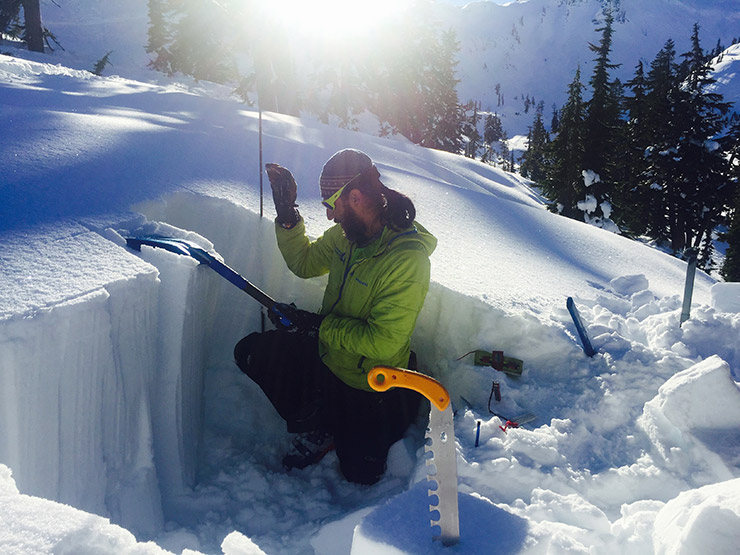
On our first field day, our instructor dug a snow pit and we reviewed the three main snow stability tests:
- Resistance test
- Compression test
- Propagation test
The resistance tests is used to understand at what effort does it take for the snow to “break” or “shear” with forward resistance. The compression test aims to determine at what effort do snow layers “break” or “shear” with top force – this test requires an isolated snow column and moves through a series of “taps” with increasing force. The propagation test aims to tell us if the weak layers will propagate through adjacent snowpack.
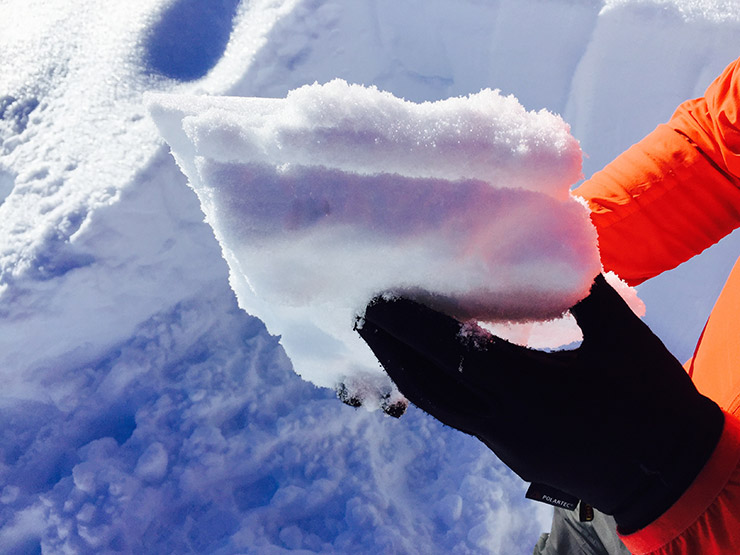
Also, with these tests, reading the type of snow “break” or “shear” will help determine how likely the weak layer will slide or not.
Group Travel
Last but not least, embarking on an actual tour day (up to Artist Point near Mt. Baker Ski Area) helped prepare our group on proper travel techniques and group dynamics for a backcountry skiing adventure. Going back to our Decision Making Framework, using teamwork to make collective travel decisions is important. Every individual in the group has a say and should be able to vocalize opinions in order to come to a group consensus.
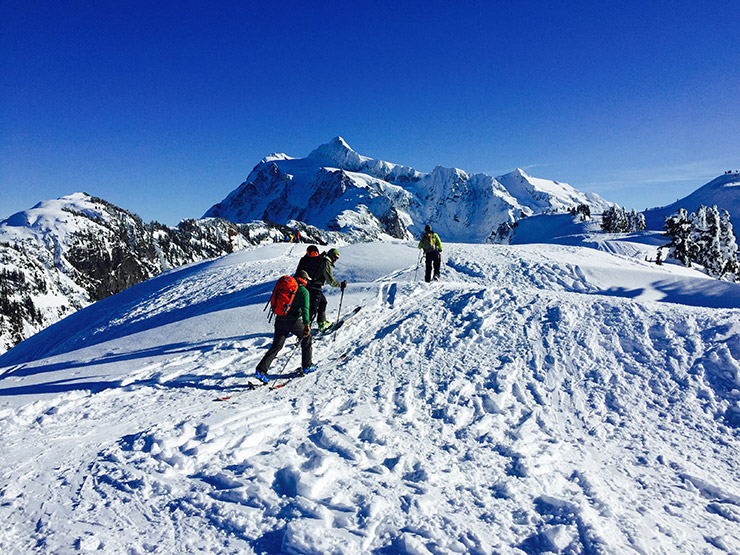
Group travel included designated a rotating “travel leader,” who was responsible for facilitating group discussion on travel route and maintaining visibility of team members. Our team would discuss potential pros and cons of each route and decide on stopping points along the way. When traveling in avalanche terrain, we made decisions on spacing out individuals in order to minimize group risk (i.e. ensuring our entire group wasn’t taken out in a single avalanche).
A few important things to keep in mind during group travel include:
- Collective decision on travel route
- Visibility of group individuals
- Safe stopping points
- Group spacing in avalanche terrain
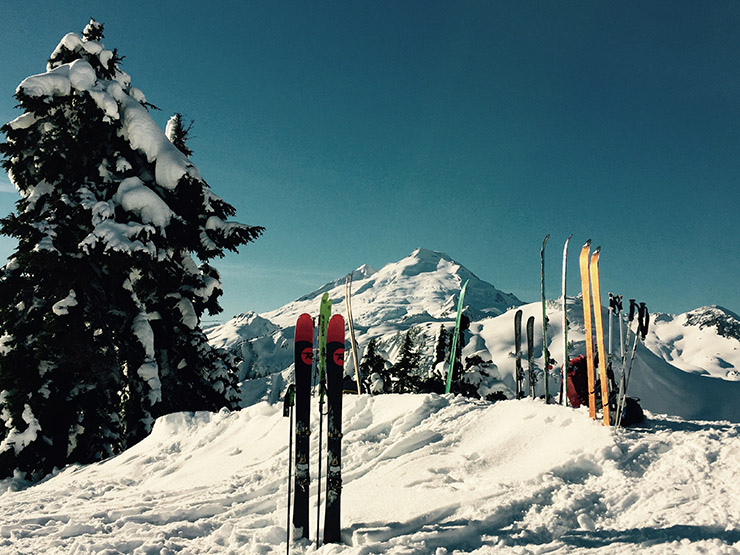
Obviously, you’ll learn so much more in field day training for AIARE Level 1, but the above describe some of the basics and main points covered. I’d highly recommend taking an AIARE course if you’re serious about backcountry travel in snowy conditions.
See our first article covering AIARE Level 1 classroom study and stay tuned for recommended snow safety gear for our final avalanche training article.

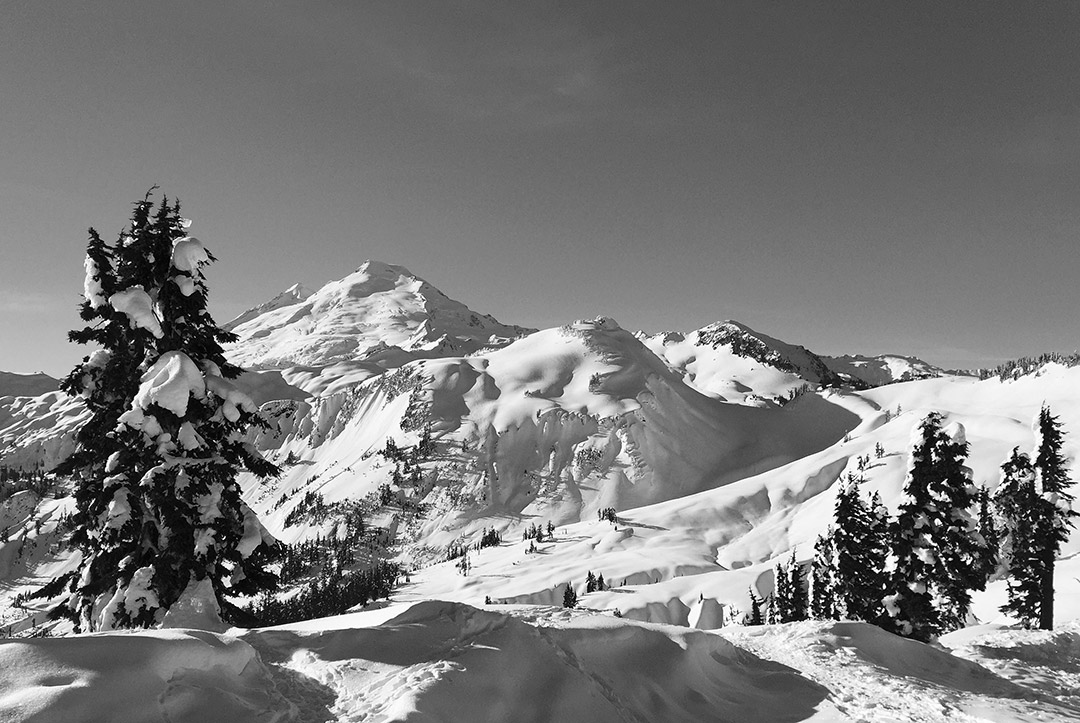
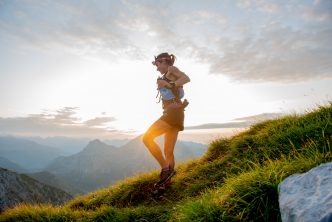
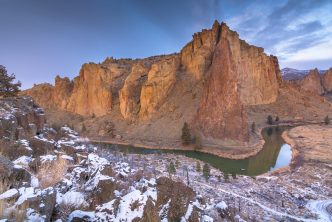
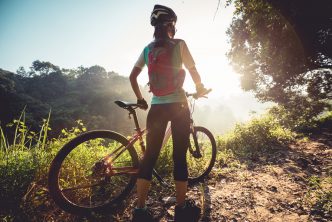
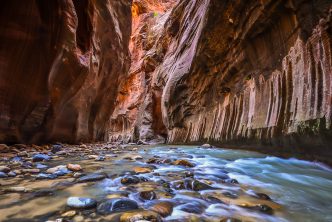
[…] more photos of Artist Point, see our article on AIARE Level 1 Avalanche Training where we had a field day […]
[…] Specific snow shovels are useful for testing snow conditions and quickly digging out victims. When traveling in avalanche terrain, you want your shovel (and probe, mentioned below) easily and quickly accessible from your pack. It’s also important to learn specific shoveling techniques that are faster and more efficient, which are typically taught in an avalanche safety course. […]